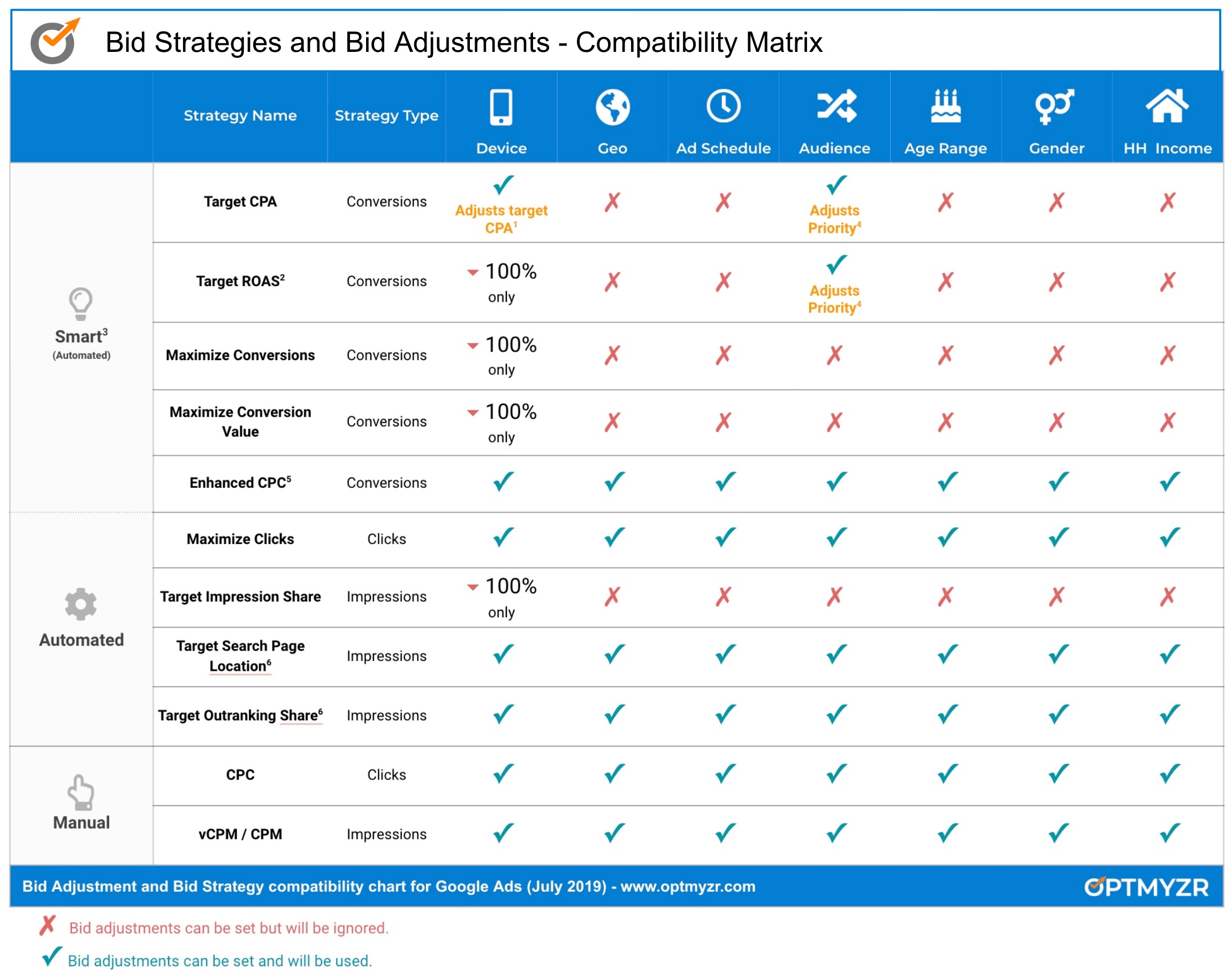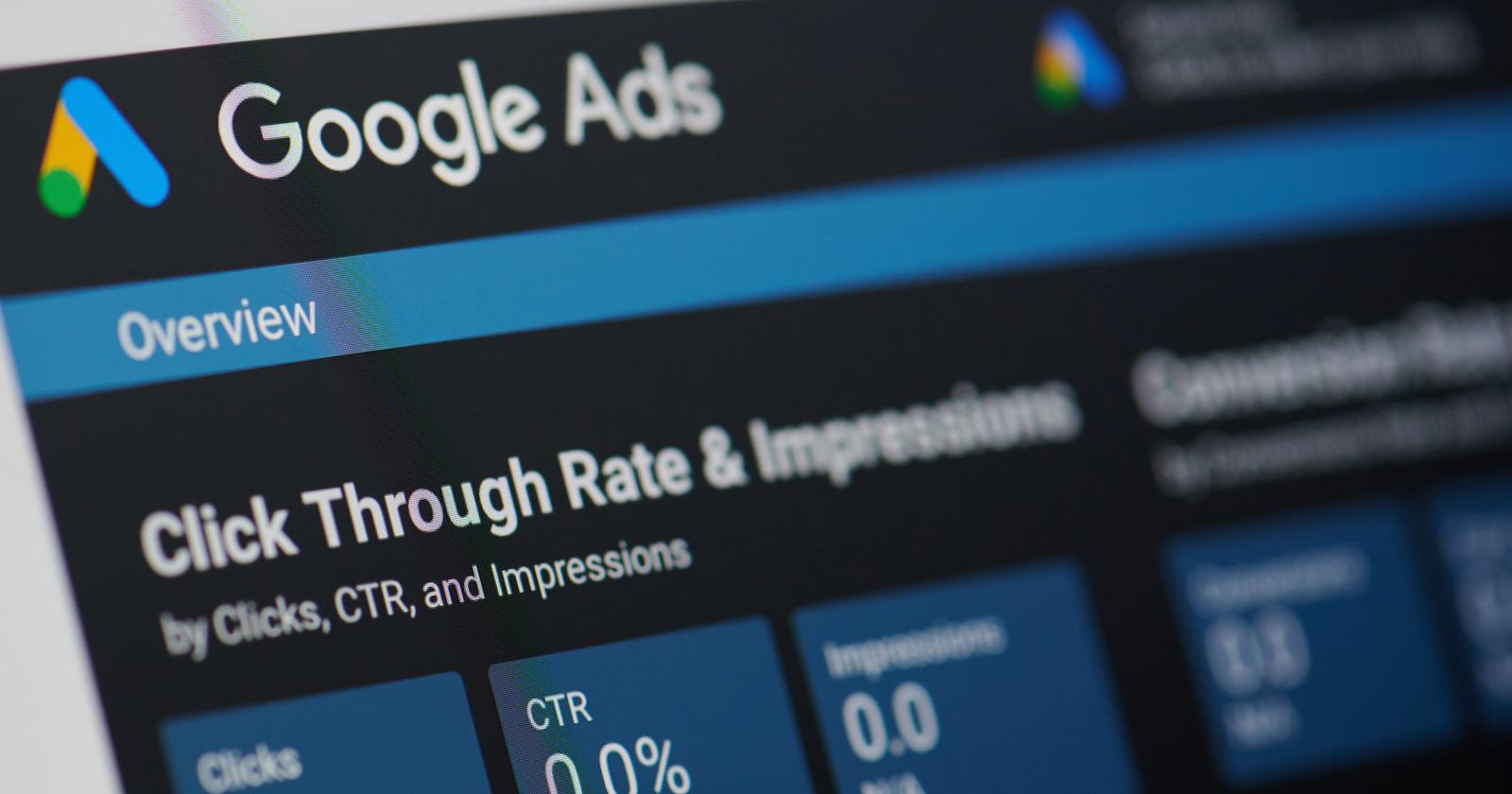Google announced another round of updates to how close variants will work.
Queries with the same meaning could already trigger ads for exact match keywords as of September 2018. But now, close variants with the same meaning may also affect phrase and broad match modified keywords.
Google expects advertisers to see around a 3 to 4% lift in clicks and impressions on the affected keywords with 85% of those being incremental for the account.
Because advertisers’ ads may now trigger for a broader variety of queries, I recommend three actions to ensure your account is well-positioned to take advantage of the incremental leads while reducing exposure to risks from less relevant queries.
1. Automate Bidding so Low-Quality Close Variants Won’t Overspend
When your ad starts appearing for new close variants of your keywords, don’t pay more than you should for this new traffic.
Close variants introduce a new layer of complexity to bid management so it’s a good reason to evaluate whether your bidding strategy is still the best one.
I’ve made the case before and I’ll say it again: nobody should be managing bids manually.
This is another nail in the coffin for manual bid management.
Simply put, with the level of complexity involved with targeting and bidding, it’s near-impossible for a person to manage bids manually and do it as well as an automated system.
The current round of changes to close variants may not require you to change how you manage accounts. However, it may amplify the potential downside if you aren’t already carefully managing queries.
There is no longer a match type that allows total control over the exact words that must be in the query for an ad to show. So keyword bids now apply to potentially tens or hundreds of variations of that keyword.
Regardless of how closely the query is related to the keyword, the manual bid is taken from the keyword, and a highly relevant query will get the same bid as a much less relevant one.
This is bad if you care about conversions, CPA, ROAS, and profitability.
What advertisers need to achieve the best results is the tightest level of control possible. In this case, the ability to factor in each unique query in every auction to determine the correct bid.
But only Google can set auction-time bids, meaning they are the only ones who can factor in the specific circumstances of a search, including the query, at the time they match an advertiser’s ad to the query.
This means that only Google can appropriately increase or decrease the bid to help the advertiser reach their CPA or ROAS goal based on the expected conversion rate and conversion value that their machine learning system predicts for the auction.
Because auction-time bidding is the exclusive domain of ‘Smart Bidding, which includes the Target CPA and Target ROAS automated bid strategies from Google, the only way to set the right bids for close variants is to use these tools.
My company, Optmyzr, recently created a handy table showing all the various bid automations from Google and how they interact with bid adjustments.

The Bottom Line
Manual bidding only allows bids to be set down to the keyword level. All match types just became broader than before so a single bid at the keyword level is not granular enough to achieve optimal results.
Only Google can set auction time bids that take the specific query into account.
As close variants will soon allow Google to show ads for more unique queries, your best bet for not overpaying for the additional traffic is to use Smart Bidding and let Google lower bids where needed.
2. Disable Last-Click Attribution to Let Good Close Variants Thrive
When automating bids, for instance with a target CPA bid strategy from Google, the results can only be as good as the data you feed into it.
There are two aspects to providing good data to Google’s machine learning system:
- Advertisers must track conversions correctly. So if phone calls are important, make sure you’re using a phone tracking system that can pass data back into Google using the common gclid parameter.
- The right attribution model must be chosen and it’s most likely not last-click attribution (LCA) that will produce the best results. In fact, LCA may be detrimental to your performance because it will prevent your ads from showing for earlier touchpoints a consumer has in their journey looking for what you offer.
The performance of different close variants is monitored by Google to help it set the right bids to meet your targets.
And just like with regular keywords, if you tell Google that only the last interaction before a conversion matters (LCA), then it will start to reduce bids for close variants that contributed in earlier stages of the journey but are usually not the final interaction before a conversion.
Just as with keywords, using LCA means that valuable close variants may see their bids reduced to the point where Google decides to stop showing your ad.
The Bottom Line
Any automated system, whether it manages bids or finds negative keywords, can only be as good as the data you provide.
By measuring conversions correctly and assigning value to every step of the consumer journey can these automations help your ad show more for really great close variants, and reduce your exposure to close variants that don’t do much to help your bottom line.
3. Use Automation Layering to Monitor Close Variants
The final piece to get into place to get ready for the changes to close variants is to set up monitoring systems.
You’re probably already monitoring search terms performance to find ideas for negative keywords, or to add high performing search terms as their own keywords with their own ad to boost their Quality Score and reduce their cost.
But it may be interesting to monitor not just search terms but close variants specifically. Especially if you have a curious manager or clients who are always asking how the latest changes from Google are impacting their performance.
Luckily the task of monitoring Google doesn’t need to be manual.
In fact, it’s a prime example of what I call automation layering, a process whereby you create an automation to monitor the automation from the ad engine.
As reported previously on Search Engine Journal, you can build a report in Google Ads or use a script to build a table that shows the keyword and its close variant right next to it.
Just like it worked when exact match got “same-meaning close variants”, it will work when this change comes to phrase and modified broad match keywords.
But you can take this a step further and use a Google Ads script to automatically add negative keywords for close variants that are straying too far from the underlying keyword or that simply have awful performance compared to the underlying keyword.
The Bottom Line
Close variants promise incremental clicks and conversions but it’s always wise to monitor an automated system, especially one that is newer and less proven.
Automation layering enables you to exert oversight without spending a lot of extra time.
Conclusion
Close variants offer the promise of incremental traffic with less effort.
When combined with auction-time bid automation, an attribution model that values every step of the consumer journey, and a monitoring system to ensure things work as intended, you’ll be in a good position to take the best advantage of this latest change from Google Ads.
Image Credits
In-Post Image: Optmyzr




